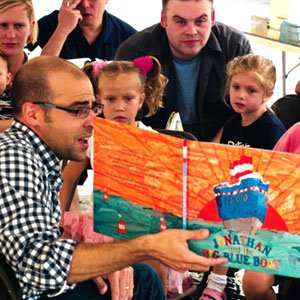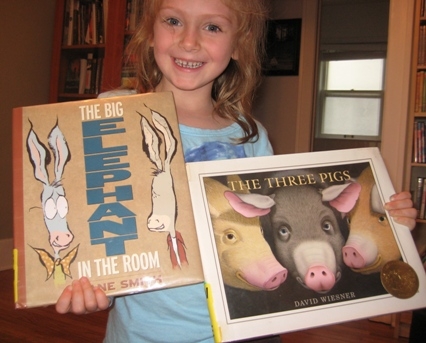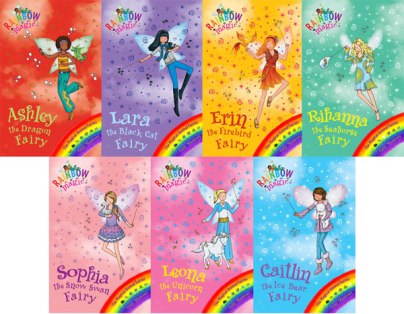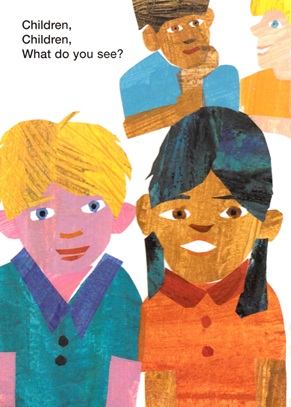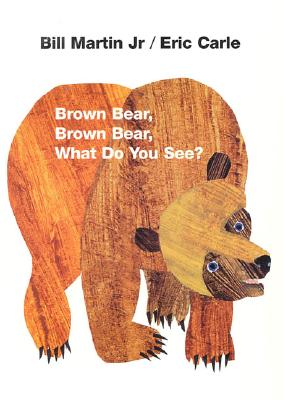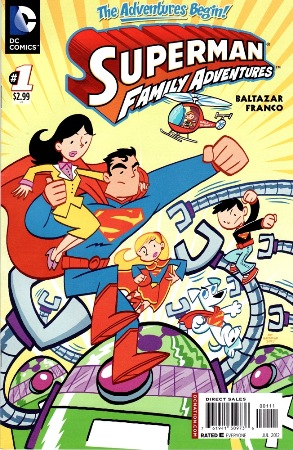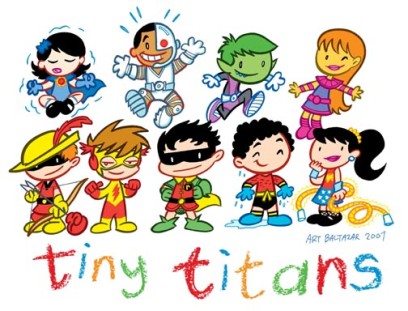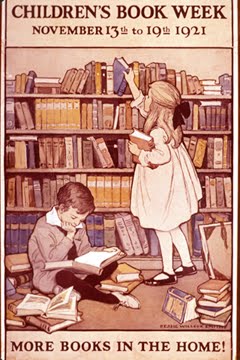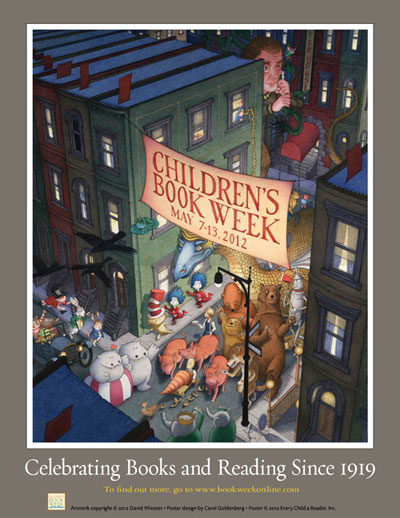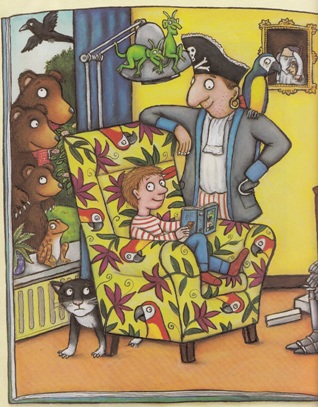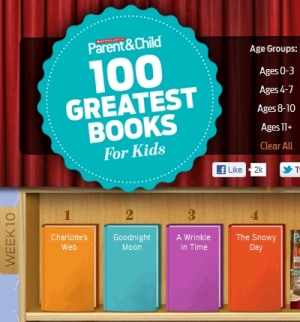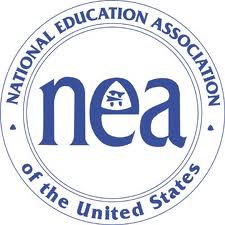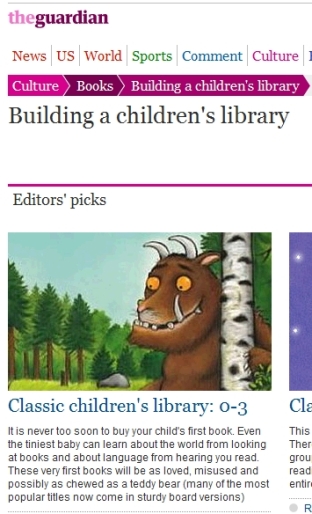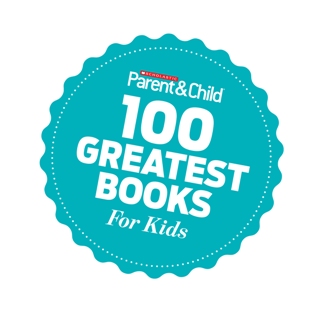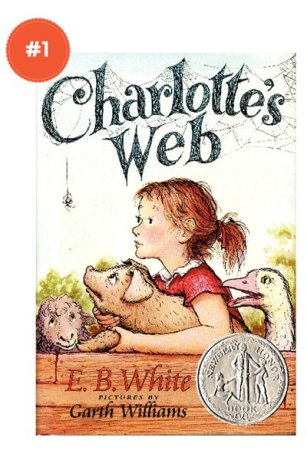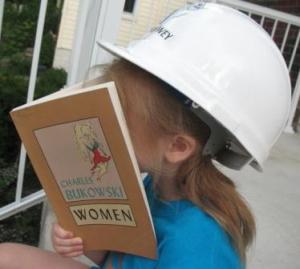
Get it? She’s wearing a hardhat because… because we’re “building” a library. And she’s reading an inappropriate book, so… that’s funny, right? RIGHT? Is this on?
I have to update my profile on Twitter. At the moment, the text reads: “I’m trying to build a library for my 5-year-old daughter. And I’m blogging about the noble quest of searching for great books for your kid.” But I don’t have a 5-year-old daughter anymore. As of today, I have a proud, defiant, weird, warm-hearted, passionate, hysterical 6-year-old girl.
And, even though the fact that she’s getting older is both beautiful and bittersweet, I’m supposed to be the grown-up in our relationship, so I guess I’m just going to have to suck it up and be happy for her… I guess.
To commemorate her birthday, I wanted to post a picture of my daughter reading one of her favorite books and then I realized… I have no pictures of her actually reading. I have a few photos of her chewing on books when she was a baby, but, really, think about it, when do you actually take pictures of people when they’re reading? I’ll tell you – NEVER. It is not a natural act to take a picture of a person while they’re reading. But, now that I realize that I don’t have any pictures of my daughter reading, I am going to be photo-stalking her like a crazy paparazzo every time she sits down to read a book.
So, without any candid independent reading shots to share, here’s what I’ve got…
This picture appeared in a local parenting magazine (without my prior knowledge) – it’s my daughter and I listening to Caldecott-winning author and illustrator Philip Stead – best known for A Sick Day for Amos McGee – reading his fantastic picture book Jonathan and the Big Blue Boat.
And this is a picture taken on the day my daughter got her very first library card. She got to pick out two books to take home that day – and she chose The Big Elephant in the Room by Lane Smith and Three Pigs by David Wiesner. Sometimes she has great taste. (Other times, she totally doesn’t.)
Happy Birthday, Charley. Thanks for inspiring the library.
{ 0 comments }
